What are different ways to kill a nuisance skunk?
An inescapable reality for some people, especially when relocating skunks is not possible, is that you may be required to exterminate a skunk. There are many ways to do this, some are humane, while others are most certainly not, and others border on being outright cruel. The problem with exterminating a skunk is the skunk’s natural defense system, the awful foul-smelling musk that is released when a skunk is frightened. This musk is also released as the skunk is killed, plenty of people are familiar with the smell of a skunk when it is killed on the road; and who wants that in their yard? Here we’re looking at different ways to kill a skunk and how likely you are to be sprayed.
Shooting
This is by far the most common method of killing a skunk. Using a rifle or handgun does come with legal responsibilities and all local laws must be adhered to as breaking these laws can lead to serious repercussions. If you are shooting a skunk you need to ensure that you are doing so in a fully safe environment and your slug or pellets will pose no harm to innocent bystanders.
The reality of shooting a skunk is, very often people shoot a trapped skunk. This means that a person can get close to delivering an accurate and fatal headshot. Unfortunately, being up close to a skunk when it dies means that you are going to get sprayed.
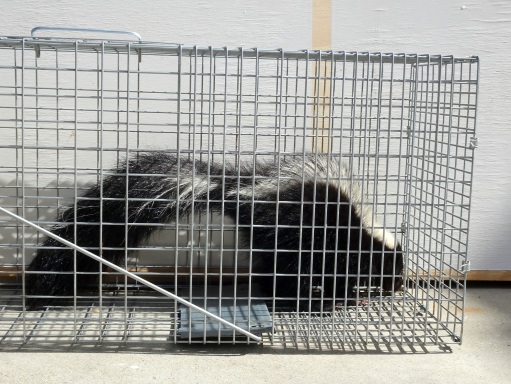
At the moment of death, the glands relax and the musk is released (unless the skunk had recently sprayed something else and the musk has not replenished) but being forewarned means that you can take precautions to avoid the smell. Knowledge is power in this case.
Shooting from a distance is always possible, but is very dependent on where you live, local laws, and indeed, how good of a shot you are. You need to be able to shoot a skunk cleanly either in the head or chest to ensure a quick kill and be using a caliber over .22 to ensure the slug is big enough to have stopping power. Shotguns have been used before, however, these are not really recommended unless you are confident in your ammunition, range, and accuracy.
Lethal traps
These are most often used by fur-trappers who need the pelt to be undamaged. These traps are often not very humane and can cause prolonged suffering to the skunk before it eventually dies. In every situation, the skunk will spray in response to the sudden trauma experienced.
Many of these traps work in a similar way to the familiar household snap trap. This means that they are highly effective when they work as planned; however, can be inhumane and distressing when they do not, causing trapped and broken legs and tails, leaving you to deal with a panicking wild animal.
The best advice we can offer with lethal traps is to check them regularly and ensure that you are ready for the smell, ready to be potentially sprayed, and ready to euthanize the skunk quickly if it is still alive.
A lethal trap can be great to offer a solution where you do not have to take an active part in killing another animal and you only have to safely dispose of the carcass, but make sure you are aware that the trap might not kill every skunk it encounters.
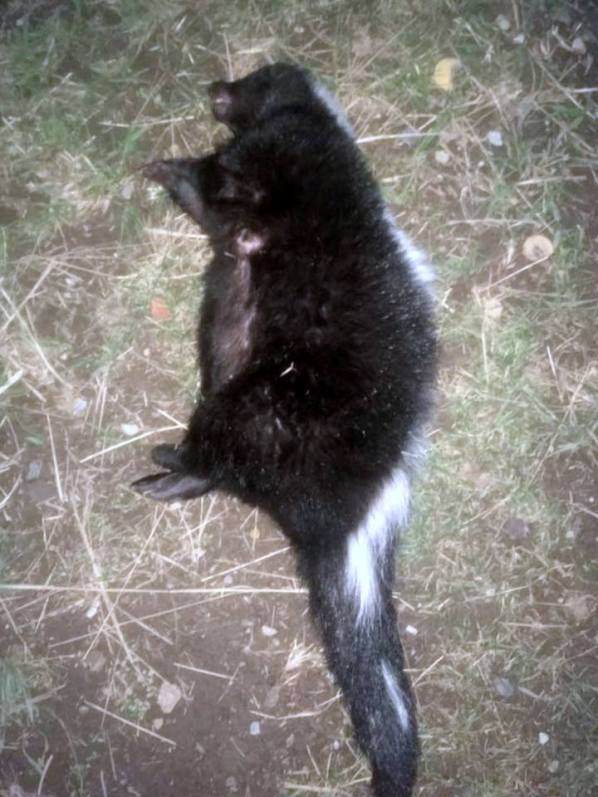
Non-Lethal traps
This trap isn’t going to kill the skunk for you unless you use it to starve, poison, electrocute, or drown the trapped skunk. These methods border on barbaric and will result in the skunk suffering an agonizing death and, yes, you will certainly be sprayed.
Non-lethal traps should only be used to trap an animal. After you have found that your trap is sprung you can shoot the skunk up close to ensure a clean kill (if laws in your area allow) or hand over to a wildlife removal team and pay them to kill the skunk on your behalf or relocate it.
Poison
This section will be short and sweet. Do not try and poison skunks! People often do not realize, but skunks have a fairly impressive immune system and often poison will not kill them but instead make them unwell for a while. The poison may have the effect of the skunk being unable to escape a predator, but this is unlikely as skunks don’t have many natural predators. The few animals that will attack and eat a skunk are often on endangered lists and you would be effectively poisoning that animal too.
Poisoning is also illegal in many places due to the unpredictable nature of doing so. The risks this poses to other animals, people, and children is just not an acceptable risk.
Select Your Animal

Raccoons
Raccoon Removal Information & How-To Tips

Squirrel
Squirrel Removal Information & How-To Tips

Opossum
Opossum Removal Information & How-To Tips
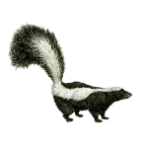
Skunks
Skunks Removal Information & How-To Tips
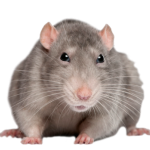
Rats
Rat Removal Information & How-To Tips

Mouse
Mouse Removal Information & How-To Tips
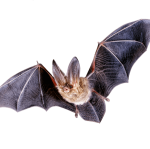
Bat
Bat Removal Information & How-To Tips

Bird
Bird Removal Information & How-To Tips
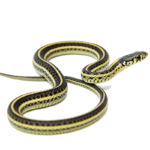
Snake
Snake Removal Information & How-To Tips

Beaver
Beaver Removal Information & How-To Tips

Mole
Mole Removal Information & How-To Tips
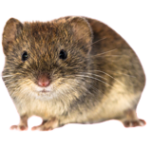
Vole
Vole Removal Information & How-To Tips

Gopher
Gopher Removal Information & How-To Tips

Rabbit
Rabbit Removal Information & How-To Tips

Woodchuck
Woodchuck Removal Information & How-To Tips
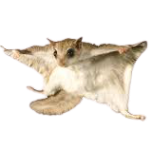
Flying Squirrel
Flying Squirrel Removal Information & How-To Tips

Chipmunk
Chipmunk Removal Information & How-To Tips

Coyote
Coyote Removal Information & How-To Tips

Fox
Fox Removal Information & How-To Tips

Wild Hog
Wild Hog Removal Information & How-To Tips
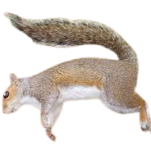
Dead Animal
Dead Animal Removal Information & How-To Tips